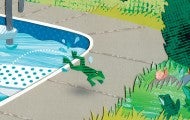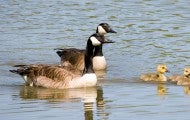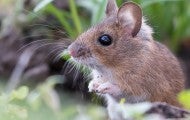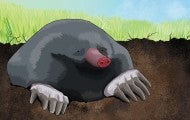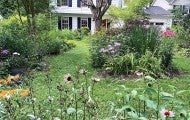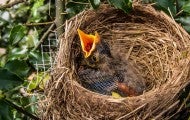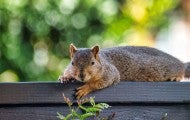Showing 9 of 9 results
It seemed like a good idea at the time: Buy a house with a two-acre property, let our energetic herding dog have the run of the place and spend blissful summer days digging side by side in the dirt with her. And it was blissful, watching Mattie carve out her napping spots behind the ferns and tall...
Mice, like all animals, like to stay warm and fed, and often spend their lives comfortably inside buildings without causing any problems. If you still need to show them the door, these humane tips will help you find them a new home. Learn More About Mice Contents How can I humanely remove mice? What...
